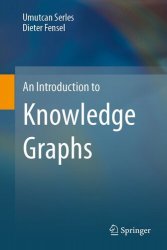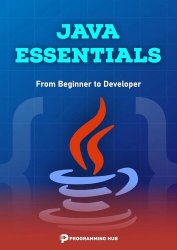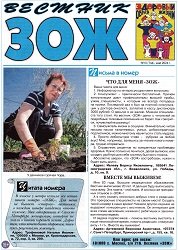 Название
Название: An Introduction to Knowledge Graphs
Автор: Umutcan Serles, Dieter Fensel
Издательство: Springer
Год: 2024
Страниц: 440
Язык: английский
Формат: pdf (true)
Размер: 28.4 MB
This textbook introduces the theoretical foundations of technologies essential for knowledge graphs. It also covers practical examples, applications and tools. Knowledge graphs are the most recent answer to the challenge of providing explicit knowledge about entities and their relationships by potentially integrating billions of facts from heterogeneous sources. The standard narrative about the recent history of Artificial Intelligence (AI) is that a combination of rapidly growing compute power and an immense increase in available data have caused a scaling explosion in AI that has led to the results in Machine Learning (ML) in the past decade. Indeed, this narrative is true, and the results of the ML explosion are clear for all to see, in the popular press, in scientific publications, and in real world applications, ranging from product recommendation to fraud detection and from chatbots to face recognition. What is rather less known to the general public, the popular press, and indeed in AI itself is that a similar scaling explosion has taken place in another area of AI. The main driver for this “other explosion” of size in AI has been the adoption of the knowledge graph model, combined with ontology languages that carefully balance expressivity against computational cost. Knowledge graphs now form the biggest knowledge bases ever built, and without a doubt, languages like RDF Schema and OWL are by far the most widely used knowledge representation languages in the history of AI. And these knowledge graphs have come of age. They are used in science, in public administration, in cultural heritage, in healthcare, and in a broad range of industries, ranging from manufacturing to financial services and from search engines to pharmaceuticals. This textbook is intended for graduate courses covering knowledge graphs. Besides students in knowledge graph, Semantic Web, database, or information retrieval classes, also advanced software developers for Web applications or tools for Web data management will learn about the foundations and appropriate methods.


 Название: Бояться поздно
Название: Бояться поздно Название: Тень грядущего
Название: Тень грядущего
 Название: Морана
Название: Морана
 Название: Вестник ЗОЖ
Название: Вестник ЗОЖ
